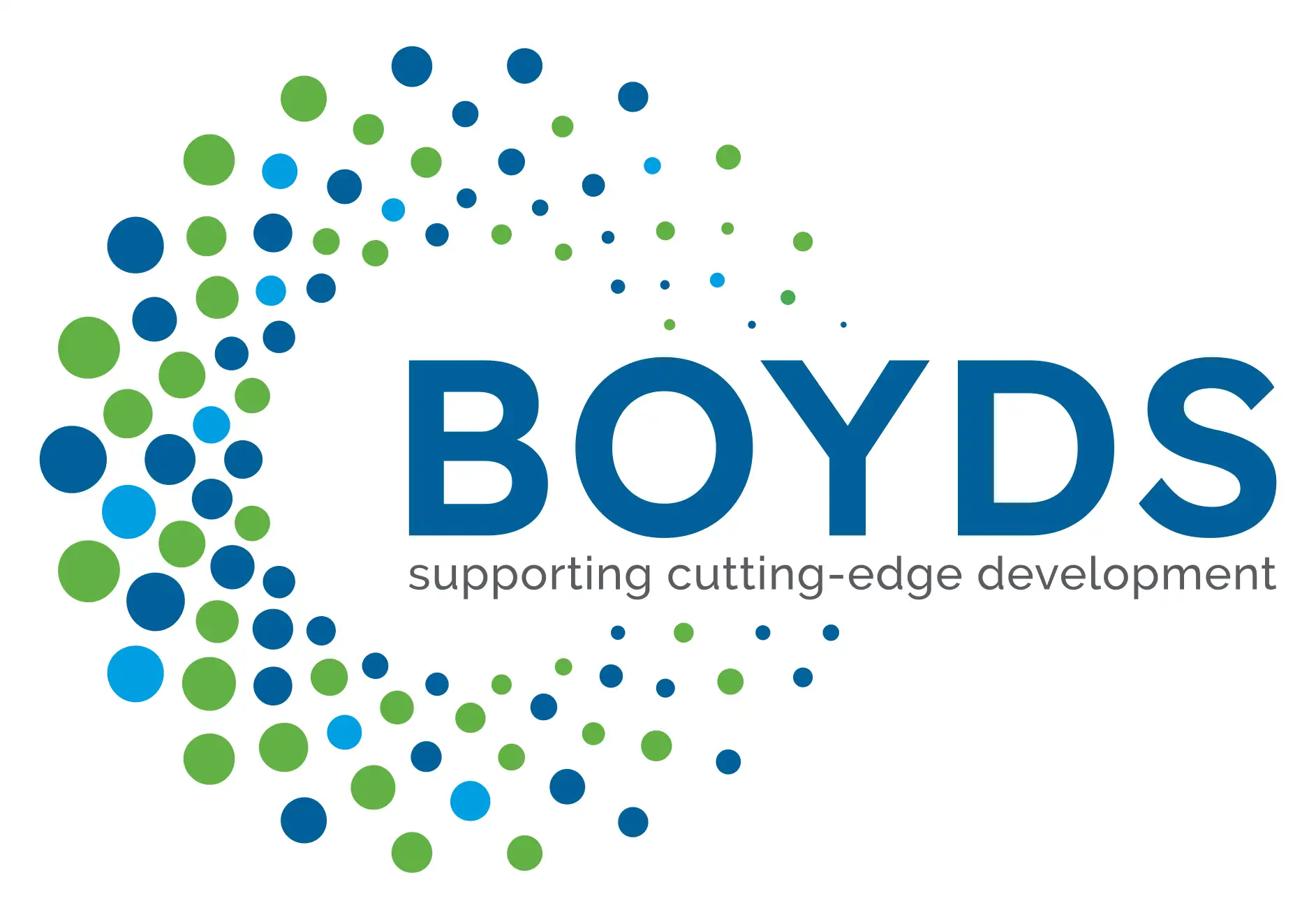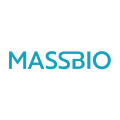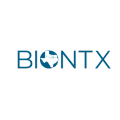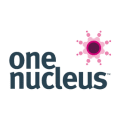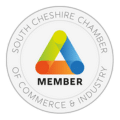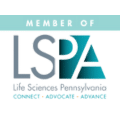In recent decades, we’ve seen a significant increase in the number of designation schemes launched by regulators to incentivise development in specific areas underserved by current therapies. However, with each having different qualifying criteria, offering varying incentives, and able to be accessed at different stages of development, it can be a challenge to determine which are the right ones to prioritise for a programme.
To demystify the topic, Boyds’ Dr Katherine Bowen, Senior Director, Regulatory Affairs, and Dr Julie Warner, Vice President of Regulatory Affairs, explore some of these designations and the complexities they can present.
Orphan Drug Designation (ODD)
The US Food and Drug Administration (FDA) was the first agency globally to introduce measures to encourage developers to target unmet needs in rare diseases via the US Orphan Drug Act in 1983. This introduced the concept of orphan drug designation, providing regulatory rewards for drugs developed for rare diseases (defined as those which affect <200,000 people [the “prevalence” of the condition in the US]). It took a further 17 years before similar provisions were introduced in the European Union (EU) (albeit with a slightly different definition: in order to be considered an orphan disease, the condition had to affect <5 per 10,000 people in the European Community). In bringing in its own orphan drug provisions, the European Commission went further than the US, adding in a requirement for condition to not only be rare, but also serious or life-threatening, and additionally mandated that if existing treatments were available, the drug proposed for designation must offer the potential for significant benefit for patients. The key designation criteria of prevalence and existing treatments (and potential for significant benefit if appropriate) are re-assessed by EU regulators at the time of Marketing Authorisation Application (MAA) and therefore designation may be lost without careful planning to ensure the requirements are still met, often years after the original designation was granted.
Some developers consider applying for orphan designation for a subset of a non-orphan condition, but it’s important to note that the prevalence criterion must always be met. In the EU, this ‘salami slicing’ must be supported by sound pharmacological justification and FDA, which has traditionally taken a broader stance, is now very much aligned.
The main attraction of ODD is market exclusivity, which protects the product from similar active substances with the same mechanism of action and proposed for the same indication reaching the market unless certain derogations apply. Of course, this is not a monopoly, but it offers substantial protection, although it can be argued to be of greater value for products that tend to be easier to manufacture and are thus more targetable (e.g. small molecules) by other developers. Early-stage financial incentives are also available, such as fee reductions for regulatory activities in the EU and tax credits in the US. Timing is critical, however, as orphan designation must be granted before starting the associated activities to benefit from these incentives. With this in mind, although clinical data in the relevant patient population may often be needed to secure the designation, it can sometimes be possible to apply solely on the basis of nonclinical pharmacology data.
US designations
The FDA offers a number of incentives for developers, with the common theme being that they are all eligible for rolling review (enabling developers to sequentially submit parts of the licence application) and priority review (which reduces FDA’s review of that application by 4 months): Any number of these can be accessed for a single product; all must be submitted to an Investigational New Drug (IND) application, and the trick lies in deciding upon optimal timing to capitalise on available data and make best use of a team’s resources.
Fast Track Designation (FTD): Developers can apply based on non-clinical data if the drug is being developed for a serious condition and has the potential to address an unmet need. FTD also allows for increased interactions with the FDA.
Breakthrough Therapy Designation (BTD): With a slightly higher hurdle, BTD requests must justify that preliminary clinical evidence indicates substantial improvement on a clinically significant endpoint over available therapies. It offers formal access to senior FDA staff and a dedicated kick-off meeting (which can also impact on a team’s resources).
Regenerative Medicine Advanced Therapy (RMAT): Similar to BTD, this designation is specific to regenerative therapies (such as cell and gene therapies and tissue-engineered products). However, unlike with BTD, there is no requirement to show substantial improvement on a clinically significant endpoint, reflecting the often limited or lacking treatment options for the conditions for which these products are often developed.
Priority Review Voucher (PRV) Schemes: The PRV schemes incentivise the development of treatments for rare paediatric diseases and tropical diseases by offering a voucher for priority review of a subsequent application. This reduces the FDA’s review timeline from ten to six months. These vouchers are valuable commercially, often selling for millions of dollars, making them attractive to developers and investors.
EU and UK schemes
Regulators in the EU and UK have introduced similar measures to those in the US.
PRIority MEdicines (PRIME) Scheme: Often seen as the equivalent to BTD in the US, PRIME is aimed at products of major public health interest. It offers a dedicated rapporteur team from acceptance on to the scheme to licensing, ensuring continuous support (similar to the process in the US). Companies are encouraged to apply early in development when clinical proof of principle data are available; academic developers and small to medium sized companies can apply based on non-clinical proof of concept data (with limited early clinical data supporting relevant exposures and initial tolerability) but, in this case, general support is provided by EMA administrators until sufficient clinical data are available to support conversion to “full” PRIME entry.
Promising Innovative Medicines (PIM) Designation in the UK: The first step in the Early Access to Medicines Scheme (EAMS), which allows UK patients to access unlicensed products under certain circumstances, PIM designation offers a recognition by the Medicines and Healthcare products Regulatory Agency (MHRA) that a product may have the potential for use under EAMS.
Innovative Licensing and Access Pathway (ILAP) in the UK: ILAP goes beyond regulatory approval alone, focusing on expediting patient access by integrating pricing, reimbursement, and introduction into and delivery of a new product within the National Health Service (NHS).
Taking a strategic approach
These designations are not just procedural tick-boxes but significant tools that, when used correctly, can accelerate the development and availability of important new treatments. They are also not mutually exclusive and multiple designations can be accessed for a single product where appropriate.
Timing and strategic planning are crucial for leveraging these designations effectively. They require careful consideration, resourcing, and adherence to regulatory guidance. Multiple designations can provide substantial benefits if approached strategically. Staying informed about evolving regulatory pathways and maintaining a well-timed submission strategy are key to maximising the advantages of these designations.
Advice on regulatory designations
Boyds’ team of regulatory affairs professionals and experts has long-standing, trusted relationships with the regulatory agencies in the US, UK and Europe.
The reputation held by the team, due to its depth of experience, means Boyds can engage in informed, productive discussions with the regulatory agencies, including FDA, EMA and MHRA.
This unique position helps us to help you with the regulatory affairs support needed to facilitate the fast and efficient development of medicinal products.
Contact our award-winning regulatory team here.
